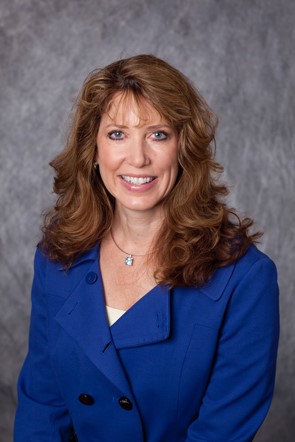WASHINGTON, July 12, 2017 - The need of farmers and rural businesses for high-speed internet is getting increased attention from the White House and Congress as they look forward to passing a sweeping infrastructure initiative next year. But rural communications carriers are trying to draw attention to what they say is another huge hurdle toward expanding rural broadband – a shortfall in financial help from the Universal Service Fund controlled by the Federal Communications Commission.
An infusion of capital from the planned infrastructure bill would be welcome, but small rural carriers say that’s not enough. They say that ongoing rate subsidies are critical to make sure broadband service is affordable to rural customers, and that’s where the USF comes in.
USF funding, which is drawn from fees on consumers’ telecommunications bills, subsidizes the cost of broadband service. About $8 billion a year goes into the USF, for various purposes, including subsidies to small “high-cost” carriers.

Shirley Bloomfield, NTCA
“It makes sure that rural consumers aren’t paying $5,000 a month to have service,” said Shirley Bloomfield, CEO of NTCA - The Rural Broadband Association, which represents small rural carriers.
President Trump has made clear in recent weeks that rural broadband will be a significant piece of his infrastructure plan. “We know that Wall Street wants it very badly, but you know what else? The farmers also want it. And you’re going to have it,” Trump said June 21 in Cedar Rapids, Iowa. “We have to make sure American farmers and their families, wherever they may be, wherever they may go, have the infrastructure projects that they need to compete and grow.”
According to a 2016 FCC report, 4 percent of urban areas and 39 percent of rural areas lack access to a fixed broadband service, defined as having a download speed of at least 25 megabits per second. In some states, the lack of rural access is even higher. In Missouri, Montana and Oklahoma, among others, 61 percent of rural residents lacked fixed broadband service. Fifty-two percent of rural Indianans, 51 percent of rural Nebraskans and 49 percent of rural Kansans didn’t have it either.
The White House hasn’t released any details of the infrastructure plan, but there are rumors that it will contain a specific section on rural broadband, a positive sign for carriers, said Bloomfield. “Five months ago we were just fighting to make sure that they understood that infrastructure went beyond roads and bridges,” she told Agri-Pulse.
In another sign of administration interest in the issue, Anne Hazlett, Agriculture Secretary Sonny Perdue’s new assistant for rural development, went to NTCA’s offices shortly after taking her job to meet with the organization’s government affairs committee.
The FCC’s new chairman, Kansas native Ajit Pai, also has put an emphasis on rural needs. At the June 15 meeting of Trump’s interagency rural task force, Pai recounted a recent tour that he took through small towns in Minnesota, Wisconsin, Iowa and South Dakota. He said rural broadband and cellular service were critical to improving farm productivity and reversing the “brain drain” in rural communities. “This is an issue that’s not just a professional obligation for me, it’s a personal passion,” he said.
Although the FCC has taken some steps to augment broadband funding, budget caps on the funding continue to leave carriers short of what they need, many in Congress say.
A letter sent to the FCC in May by more than 100 House members said USF funding is “falling short of the statutory mandate that reasonably comparable services at reasonably comparable rates be available to rural and urban Americans alike. We therefore encourage you to ensure sufficient resources are available to enable the USF mechanisms to work as designed.”
Bloomfield says it would take an additional $280 million to $300 million a year from the USF to take care of the broadband funding gap, which has been compounded by annual spending caps that vary by the year. An investment banker who testified before the Senate Commerce, Science and Transportation Committee recently, Michael Balhoff of Baltimore-based Charlesmead Advisors, calculated the shortfall to be $200 million to $260 million.
Because of the shortfall, rural network operators are increasing rates and reducing their expansion plans, Bloomfield told the Senate committee. A NTCA member in the Southeast decided it couldn’t justify seeking a $26 million loan to install 1,000 miles of fiber to serve 7,000 rural customers. A cooperative in the upper Midwest may cancel its 2018 construction projects, she said.
One solution, she said, is to release some of the USF’s reserve funds, although it’s not clear how big the reserve is, said Bloomfield. The other solution is to increase fee revenue. An extra $2.50 a year would be sufficient to cover the shortfall for small carriers, which are responsible for serving 40 percent of the U.S. landmass. “For the price of a cup of coffee over the next year that would be enough to fully fund the program,” she said. The rest of the country is served by large carriers, including AT&T and Verizon, which stand to benefit from tax incentives that the White House is considering, Bloomfield said.
#30


